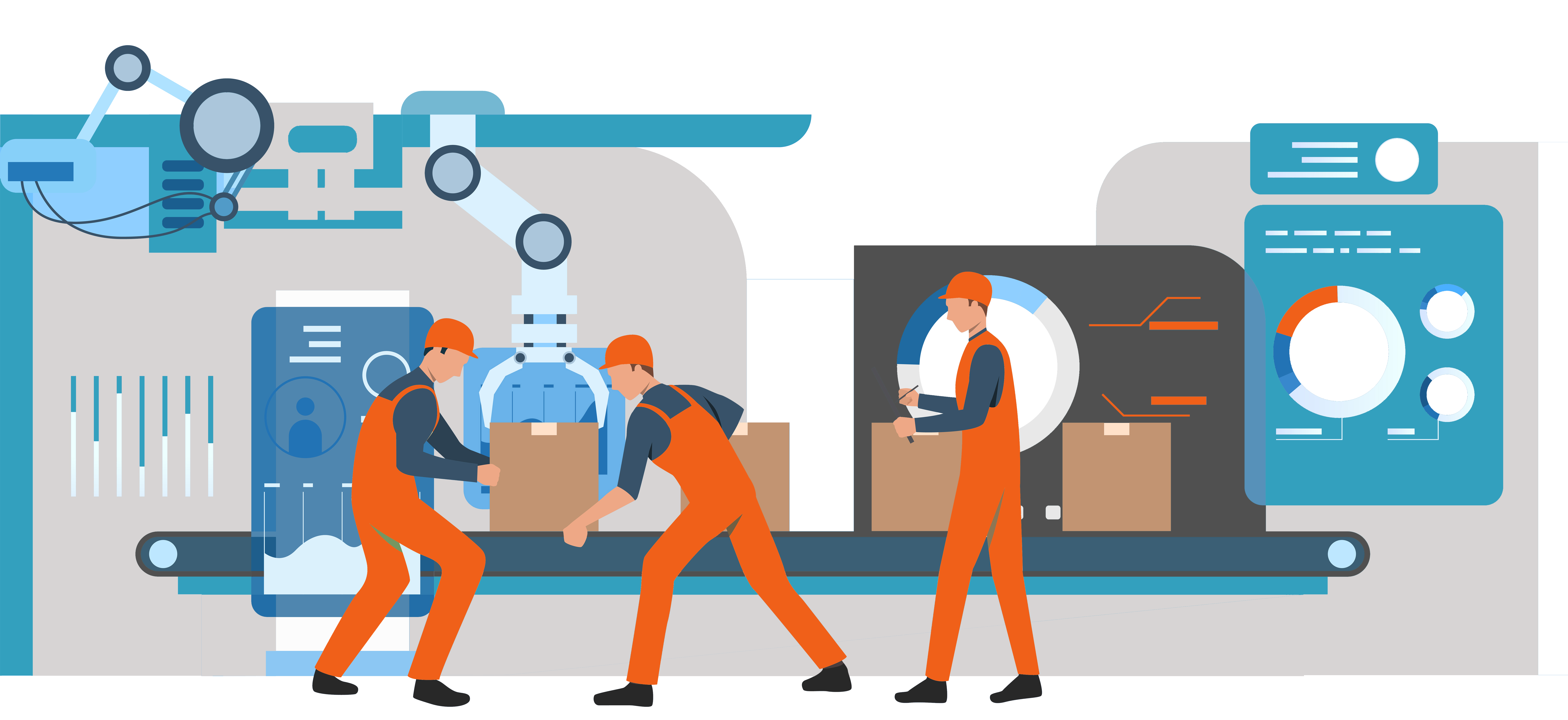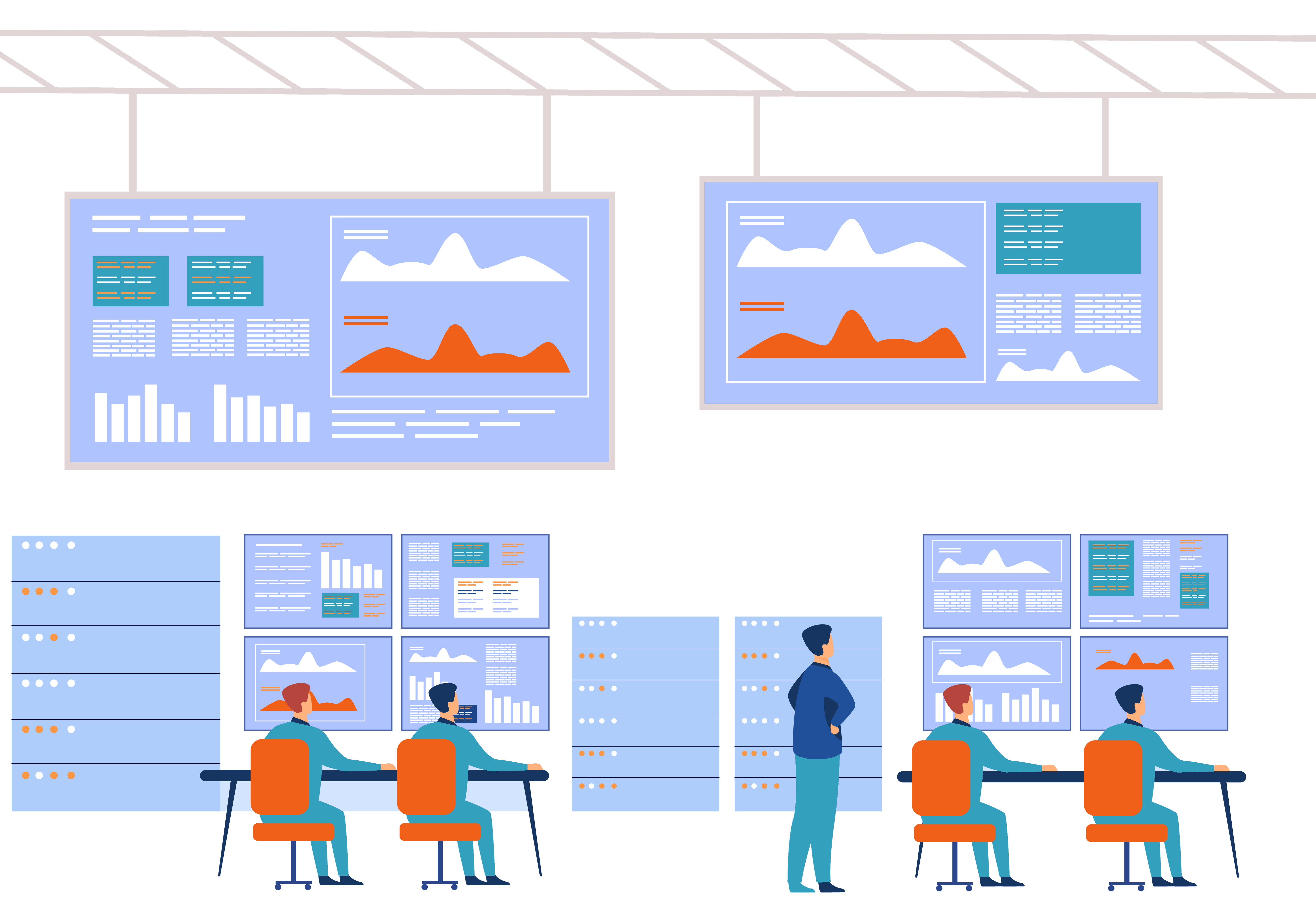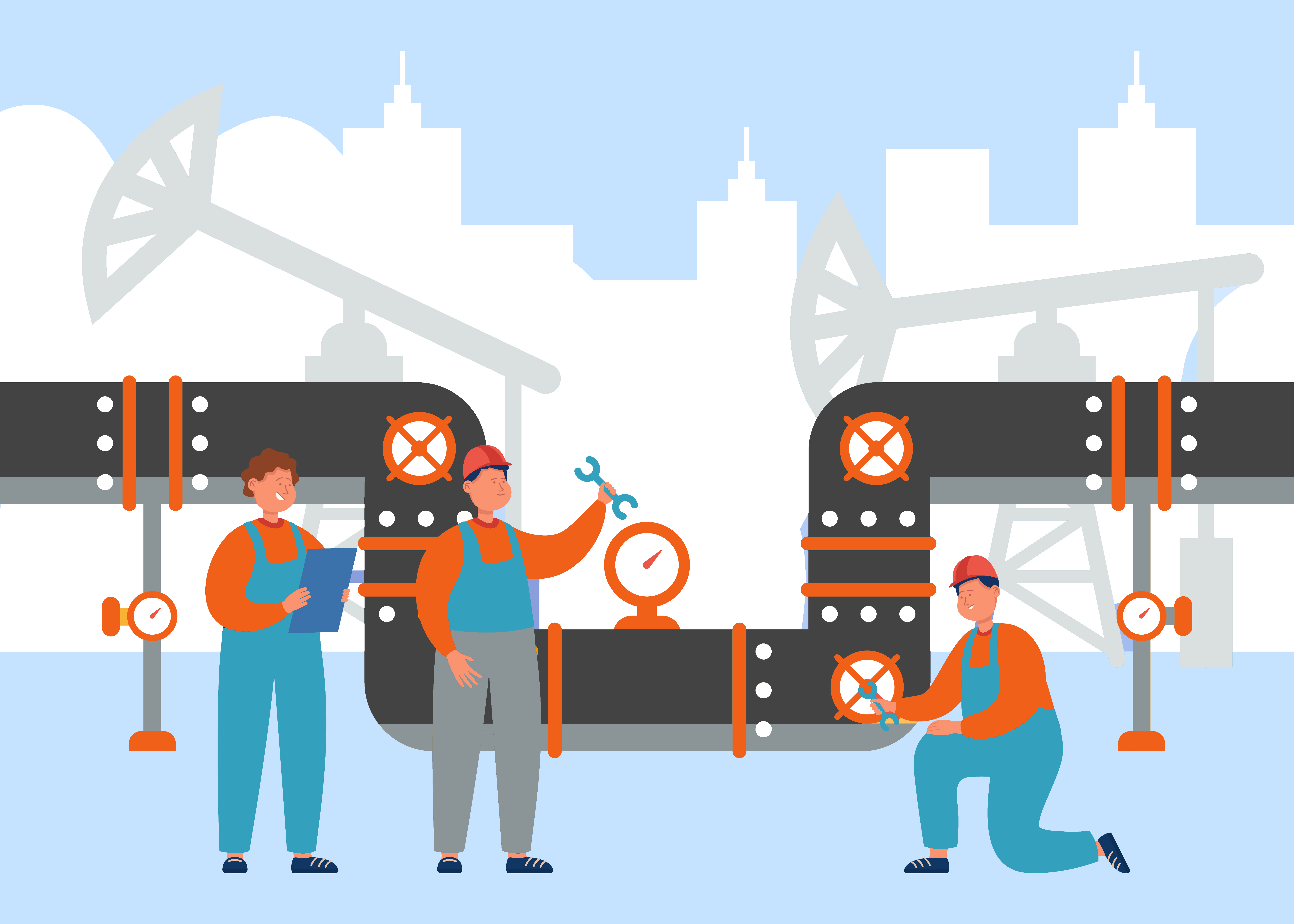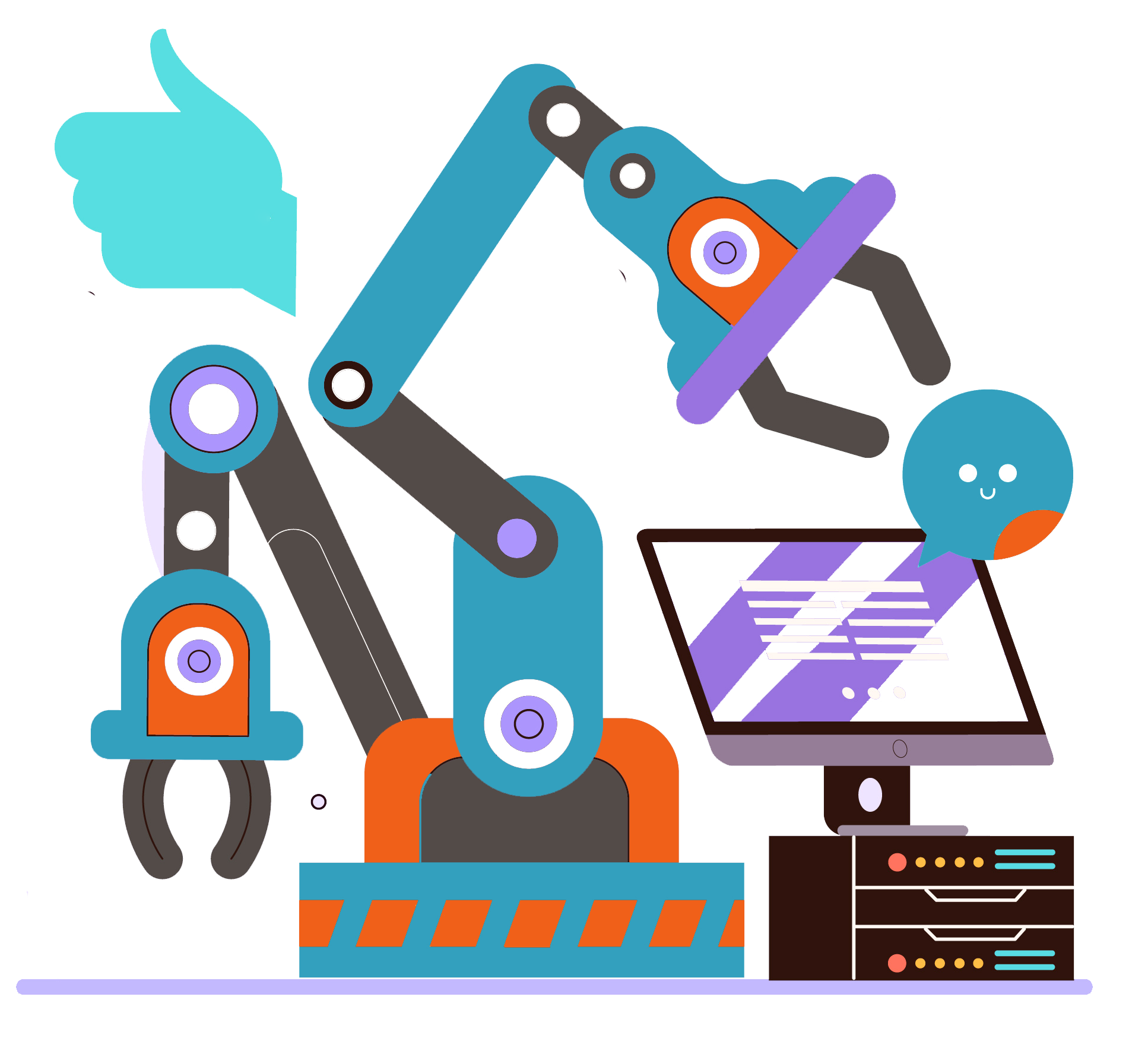
Diff: Cond. Monitoring, Maintenance & Predictive Maintenance
Maintaining equipment in the manufacturing industry has been an age-old practice. Earlier, maintenance was carried out only when a machine or equipment failed. This was called the reactive maintenance approach, which led to high downtime and increased costs. With the advent of technology, new maintenance approaches have emerged, namely condition monitoring, condition maintenance, and predictive maintenance. Let's explore each of these approaches in detail and understand how they differ from each other.
Condition Monitoring
Condition monitoring is the process of measuring and analyzing the performance of machines and equipment in real-time. The data collected through sensors is analyzed to determine if the equipment is performing optimally.

In this approach, the machine's condition is continuously monitored, and the data is stored and analyzed for further action.
The primary objective of condition monitoring is to detect any potential issues in the machine or equipment before they cause significant damage or failure. Condition monitoring can help identify issues such as misalignment, vibration, wear and tear, and so on. Once an issue is identified, the maintenance team can take corrective action to fix the problem before it causes a breakdown or downtime.
Condition Maintenance
Condition maintenance is a maintenance approach that focuses on maintaining equipment and machines only when there is a change in the equipment's condition. In other words, maintenance is carried out only when the machine shows signs of deterioration or malfunction.

This approach relies on collecting data about the equipment's condition and then planning maintenance accordingly.The advantage of condition maintenance is that it reduces the amount of maintenance required, as it is only performed when necessary. This approach is more efficient than reactive maintenance, as it helps reduce downtime and costs associated with unnecessary maintenance.
Predictive Maintenance
Predictive maintenance is a maintenance approach that uses data analysis and machine learning algorithms to predict when maintenance should be performed. Predictive maintenance aims to predict when an asset will fail, allowing maintenance teams to perform maintenance before it fails, thus avoiding unplanned downtime and other issues.
The advantage of predictive maintenance is that it reduces maintenance costs and downtime by only performing maintenance when necessary. It also helps in avoiding safety issues that may arise from equipment failure.
Comparison between Condition Monitoring, Condition Maintenance, and Predictive Maintenance
While the three maintenance approaches aim to reduce downtime and maintenance costs, they differ in their focus and execution. Here's a comparison:
- Focus: Condition monitoring focuses on detecting potential issues in real-time. Condition maintenance focuses on maintaining the equipment only when necessary, and predictive maintenance focuses on predicting when maintenance should be performed.
- Execution: Condition monitoring involves real-time data collection and analysis to detect potential issues. Condition maintenance involves collecting data about the equipment's condition and planning
 maintenance accordingly. Predictive maintenance involves using data analysis and machine learning algorithms to predict when maintenance should be performed.
maintenance accordingly. Predictive maintenance involves using data analysis and machine learning algorithms to predict when maintenance should be performed. - Cost: Condition monitoring can be costly as it requires continuous monitoring of the equipment. Condition maintenance can be less expensive than condition monitoring as it involves only maintenance when necessary. Predictive maintenance can also be costly as it requires investment in data analysis and machine learning algorithms.
- Downtime: Condition monitoring can help reduce downtime by detecting potential issues before they cause a breakdown. Condition maintenance can also help reduce downtime by performing maintenance only when necessary. Predictive maintenance can significantly reduce downtime by predicting maintenance needs before they lead to equipment failure.
Conclusion
In conclusion, each maintenance approach has its pros and cons, and the selection of the approach depends on the industry, equipment, and application.

Condition monitoring, condition maintenance, and predictive maintenance aim to improve the efficiency and reliability of equipment while reducing downtime and maintenance costs. The use of data analysis, AI, and machine learning algorithms can significantly enhance maintenance efforts and help in achieving optimal equipment performance. It is essential to understand the differences
Are youprepared to handle critical events? Signup for free
If you intersted to follow our blogs : Subscribe
